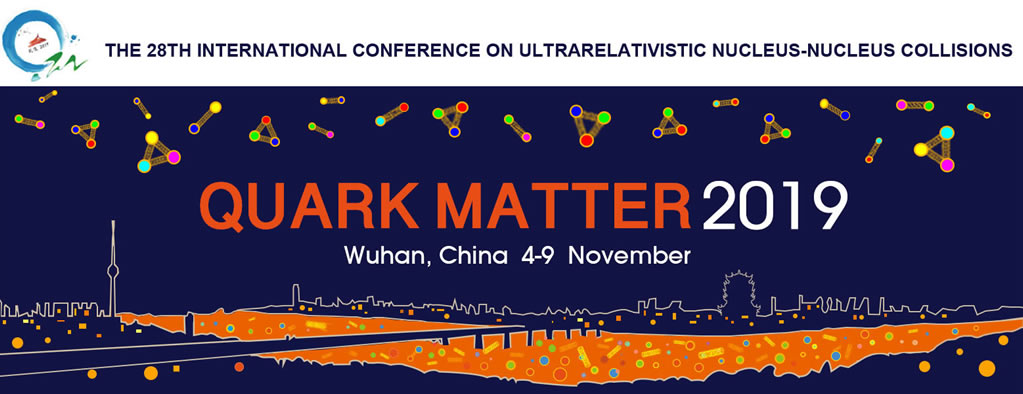Speaker
Description
Flow correlations and fluctuations are sensitive probes to the initial geometry and the quark-gluon plasma (QGP) in relativistic heavy ion collisions. Model comparisons are essential to decipher the properties of the QGP. In this talk, we study the correlations between flow harmonics $v_2$, $v_3$, and $v_4$ over a wide centrality range with two-particle correlations in PbPb collisions at $\sqrt{s_{_{\mathrm{NN}}}}=2.76$ TeV simulated by the HYDJET++ and AMPT models. We compare the model results to the experimental data from ATLAS and find both models are in good agreement with data for $v_2$-$v_3$ correlation. For $v_2$-$v_4$ and $v_3$-$v_4$ correlations, while AMPT is still in good agreement, HYDJET++ gives stronger slopes in the correlations than the ATLAS data. The AMPT model qualitatively predicts a boomerang-like shape in the correlations as observed in the experimental data, however, they quantitatively disagree. The HYDJET++ model fails completely to reproduce such a boomerang shape. We study flow fluctuations by the $v_2$ obtained with different Q-cumulant orders, namely $v_2\{2\}, v_2\{4\}, v_2\{6\},$ and $v_2\{8\}$. In particular, we study the skewness, a measure of the asymmetry of the $v_2$ distribution, by the ratio of
$v_{2}\{6\} - v_{2}\{8\}$ and $v_{2}\{4\} - v_{2}\{6\}$. The HYDJET++ model
calculation shows good agreement with results reported by the CMS and ALICE
experiments. However, more data statistics are needed in order to draw firm
conclusions.
